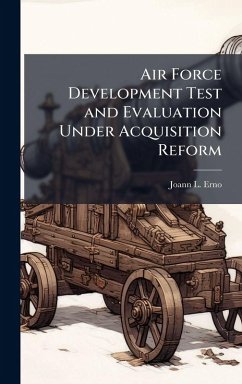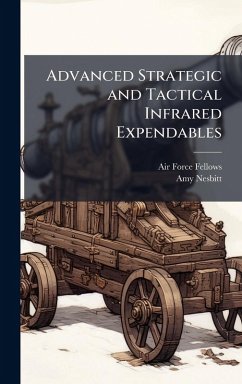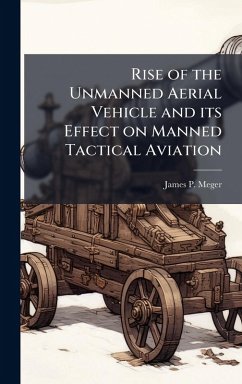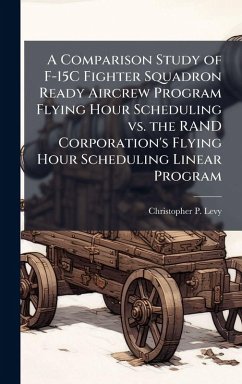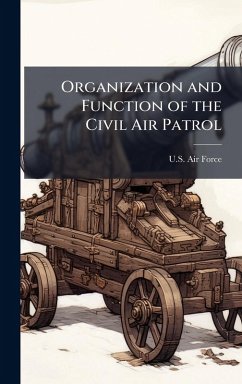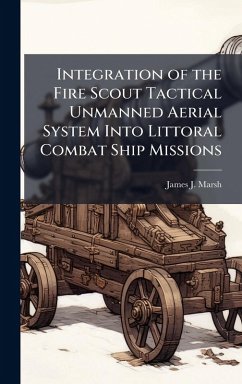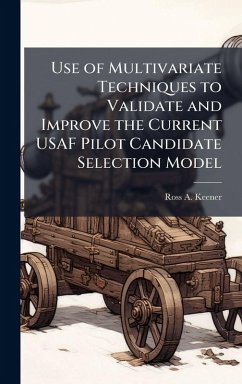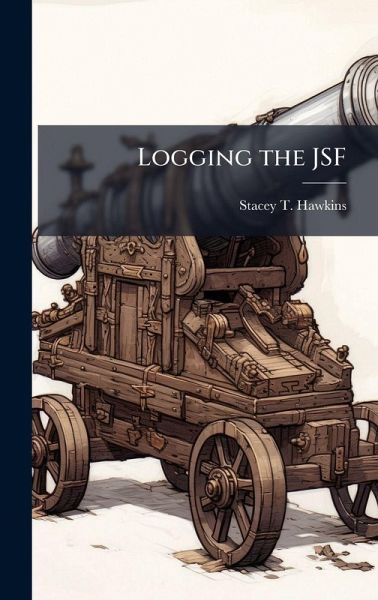
Logging the JSF
Versandkostenfrei!
Versandfertig in über 4 Wochen
27,99 €
inkl. MwSt.
Weitere Ausgaben:

PAYBACK Punkte
14 °P sammeln!
Within the US Air Force, acquisition, operations, and logistics communities collectively face a perplexing question: What is the best way to plan the acquisition and life-cycle sustainment of a fighter aircraft fleet? To find the answer to this question the following thesis attempts to derive lessons learned from case study analysis to develop a new methodology for future use. Aircraft fleet size, in an acquisition program, is determined by assessing the capabilities necessary to meet current and future operational readiness demands. Aircraft sustainment, although equally important, is typical...
Within the US Air Force, acquisition, operations, and logistics communities collectively face a perplexing question: What is the best way to plan the acquisition and life-cycle sustainment of a fighter aircraft fleet? To find the answer to this question the following thesis attempts to derive lessons learned from case study analysis to develop a new methodology for future use. Aircraft fleet size, in an acquisition program, is determined by assessing the capabilities necessary to meet current and future operational readiness demands. Aircraft sustainment, although equally important, is typically not considered during early procurement planning due to the difficulty in forecasting the sustainment infrastructure necessary to mitigate effects caused by aging and changing operational requirements. At best a nebulous endeavor, sustainment forecasting is affected by the myriad of dynamic organizational, technological, and budgetary influences caused by rigid DoD acquisition processes and inflexible Congressional appropriations cycles. This work has been selected by scholars as being culturally important, and is part of the knowledge base of civilization as we know it. This work was reproduced from the original artifact, and remains as true to the original work as possible. Therefore, you will see the original copyright references, library stamps (as most of these works have been housed in our most important libraries around the world), and other notations in the work. This work is in the public domain in the United States of America, and possibly other nations. Within the United States, you may freely copy and distribute this work, as no entity (individual or corporate) has a copyright on the body of the work. As a reproduction of a historical artifact, this work may contain missing or blurred pages, poor pictures, errant marks, etc. Scholars believe, and we concur, that this work is important enough to be preserved, reproduced, and made generally available to the public. We appreciate your support of the preservation process, and thank you for being an important part of keeping this knowledge alive and relevant.




